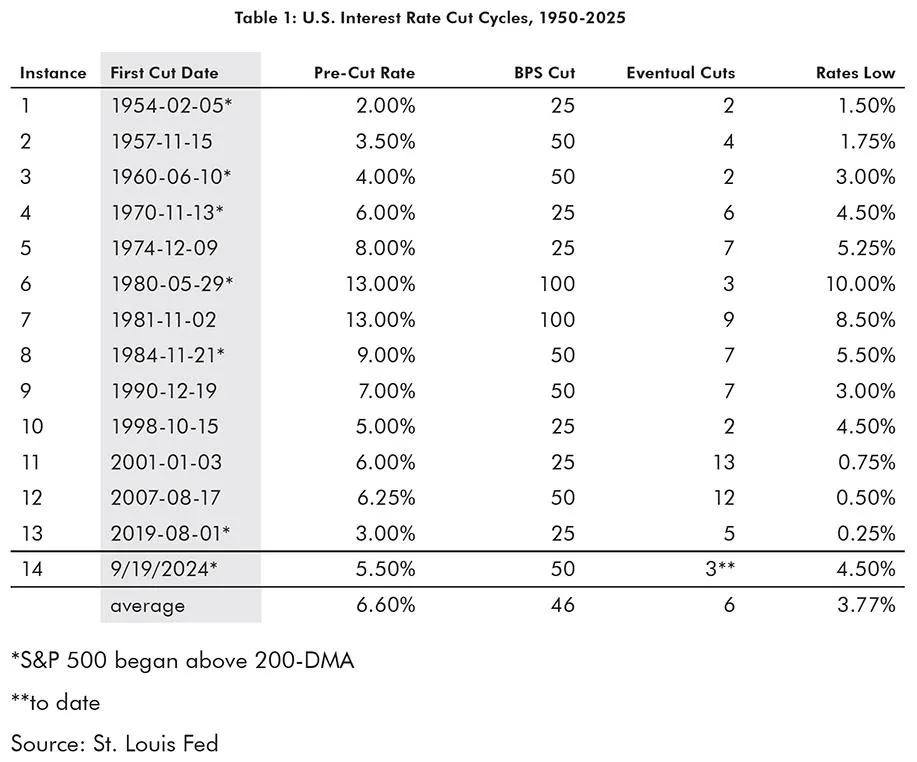Zambia’s government must deliver on the promise to ‘leave no one behind’, global disability rights campaign warns
By Mwebantu Editor
Copyright mwebantu

THE Ministry of Health’s recent announcement to introduce a tri-wheel ambulance service via a mobile app marks a bold step toward improving healthcare access. The plan, according to Dr. Kennedy Lishimpi, aims to ensure timely patient transport in underserved areas using a system modeled after ride-hailing platforms like Yango. If these vehicles can save lives in emergencies, why can’t they also be part of our everyday transport system?
Today, thousands of Zambians spend hours stuck in traffic or waiting for unreliable minibuses. Meanwhile, in rural areas, motorcycles and tricycles are already a lifeline. The Road Transport and Safety Agency (RTSA) has acknowledged that in Eastern Province, these are the most affordable and convenient options for people. This reality should guide national policy.
Legalizing 2 and 3 wheelers is not just about convenience. It means creating jobs for young people, reducing congestion, and offering affordable transport for those who need it most. Concerns about safety are valid, but the solution lies in regulation and education, not prohibition. RTSA’s current efforts in Eastern Province, focused on training and sensitization, show that safety can be achieved with the right approach.
Other countries like Kenya, Uganda, Rwanda and Tanzania have done it successfully, and Zambia can too. By embracing these vehicles as part of our formal transport system, we can make daily commuting faster, cheaper, and more inclusive while aligning with the government’s push for innovation in sectors like healthcare.
Zambia is on the cusp of a transformative shift in urban and rural transport. As policymakers explore legalizing motorcycles—and potentially auto-rickshaw style 3-wheelers—for public transport, the move promises to broaden affordable, flexible mobility across the nation.
Riding the Rural Mobility Wave
Motorcycles have quietly become essential transportation in rural Zambia, connecting remote communities where roads are unpaved or impassable. A Chongwe farmer shared that he paid just 20,000 ZMW (~US $776) for his bike—well under the 65,000 ZMW (~US $2,500) price tag of a good second-hand car. This sharp price gap underscores why motorcycles are rapidly replacing cars for both personal use and informal taxi services.
Beyond affordability, motorcycles successfully navigate challenging terrains—especially during rainy seasons—enabling access to markets, schools, and clinics.
Real Numbers: The ⅔ wheelers Boom
The country’s reliance on motorcycles is also visible in official registration data. The Road Transport and Safety Agency (RTSA) recorded a nearly 130% increase, from 4,226 registrations in 2022 to 9,681 in 2023. Still, many bikes remain unregistered—raising concerns about safety, tax revenue, and enforcement.
This surge has economic upsides—new income streams for riders, delivery services, and local entrepreneurs. It also comes with a huge responsibility in road safety. The RTSA and all stakeholders need to up sensitization efforts around registration compliance and road rules observance.
Policy Shift: Looking to Legalize Motorcycle & 3 wheeler Transport
Historically, Zambian law prohibited motorcycles and 3 wheelers from serving as public transport vehicles. This resulted in frequent impoundments and legal crackdowns. However, in mid-2023, the government announced plans to legalize motorcycles for public transport, recognizing that outdated laws no longer reflect on-the-ground realities—especially in rural and peri-urban areas
Local commuter advocacy groups, such as the Commuters Rights Association of Zambia (CRAZ), have welcomed the shift—but also emphasized the need for clear safety and rider competence standards before implementation.
Safety First: The Road Ahead
Legalization isn’t a free pass—it must come with strong safety protocols. CRAZ recommends designated zones (e.g. excluding Central Business Districts where liberal bike use could endanger passengers), proper rider training, licensing, and oversight .
Some parallels can be drawn from Kenya’s recent regulatory framework—for reference, their Motorcycle Regulation Bill mandates features like helmet use, reflective jackets, tracking devices, licensing, and rider cooperatives. Zambia could adopt a tailored version to safeguard riders and passengers while unlocking mobility benefits.
Why This Matters: Affordability Meets Accessibility
Motorcycles offer unmatched value in Zambia’s context:
● Low entry cost—around 20,000 ZMW vs. 65,000 ZMW for a car
● Quick returns—many riders charge half the fare of car taxis, making services more affordable and accessible. This can be complimentary to the already booming ride-hailing industry for vehicles.
● Economic multiplier—they generate jobs (e.g. taxi riders, parcel couriers), especially for youth in underserved areas.
By legalizing 2- and potentially 3-wheelers, Zambia would officially unlock this economic undercurrent—bringing it into mainstream, safer, and regulated urban mobility.
● Motorcycles are already integral to Zambian transport—affordable, adaptable, and accessible.
● Registration jumped nearly 130% from 2022 to 2023, signaling rising adoption—though safety and enforcement remain concerns.
● This legalization presents an opportunity for affordable, multi-modal, inclusive mobility, perfectly aligned with ongoing pricing strategies.
● Thoughtful regulation—modeled on regional best practices—can ensure safety while unlocking the socio-economic benefits of two- and three-wheeler transport.
Sources : southernafricantimes.comXinhua News , daily-mail.co.zm , Diggers News+1. , Lusaka Times+1.



